There’s a growing consensus among the technological cognoscenti that we’re in a “boring” period for gadgets. Some have long argued that “software is eating the world,” a.k.a. there’s no interesting hardware because iteration has trumped innovation.
But, nah, not so much. Yes, our smartphones are replacing lots of standalone gadgets we used to carry around. That doesn’t mean there isn’t plenty of interesting new hardware out there. Granted, that depends on expanding your definition of gadget to include, say, a reusable rocket or a robotic bicycle wheel. Here’s a look at some of the most interesting of 2017 so far compiled by TIME’s technology reporters and editors.
What did we miss?
SpaceX Falcon
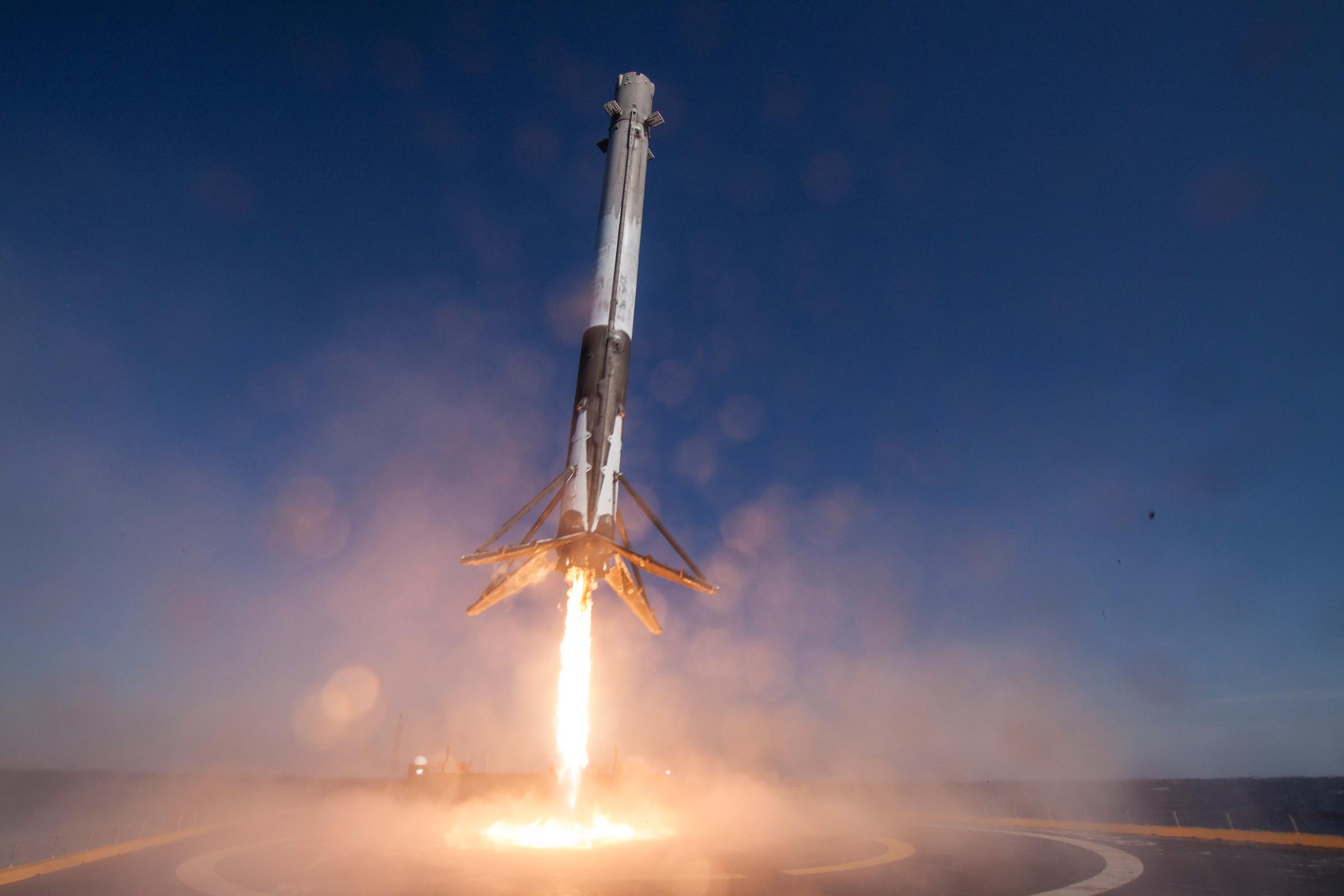
Multi-stage space rockets are a bittersweet affair: One minute, they’re sitting on the launch pad, shiny, expensive, and awaiting an explosion-fueled climb. They next, they’re dropping back to Earth in pieces, unceremoniously plopping in the ocean, and sent off to the scrap heap for good. Not anymore. In March, SpaceX launched a “used” Falcon 9 first stage, an unprecedented achievement in spaceflight. It was a milestone for the company, which designed the Falcon’s first stage to land upright—and intact—back on Earth after every launch. Perhaps more importantly, it proved SpaceX’s concept valid. Rockets cost tens of millions or even hundreds of millions of dollars to build. Being able to reuse them could significantly reduce the cost of spaceflight. That may pave the way for all manner of aerospace innovations.
Samsung Galaxy S8
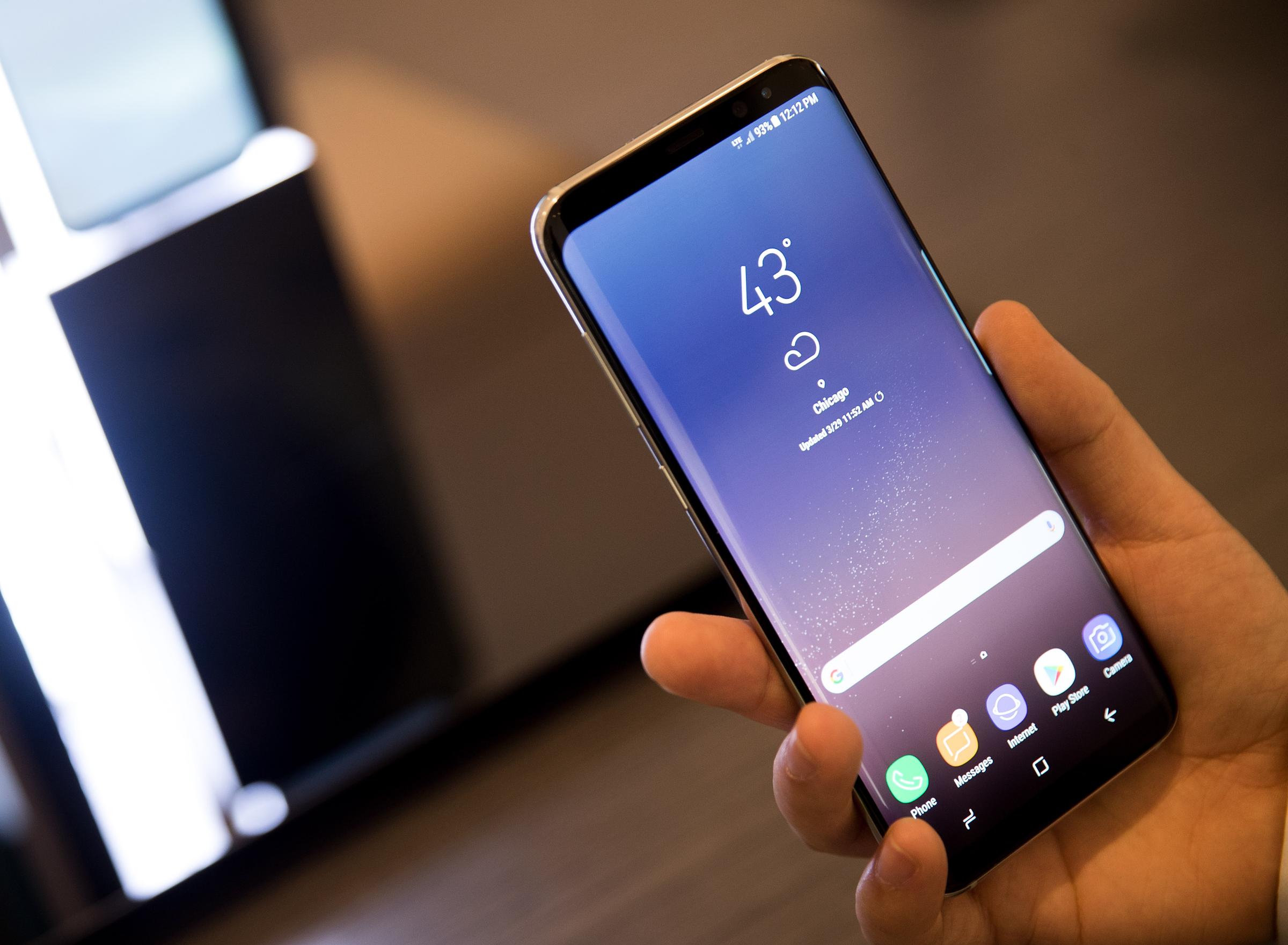
Samsung hit a much-needed home run after the PR disaster caused by its Galaxy Note 7. That’s what the Korean tech giant got with the Galaxy S8, a redesigned smartphone with a dazzling screen, long battery life, and a great camera. The S8’s curved display and smaller bezels combine to give the feeling of a borderless screen, making it more adept at displaying games and movies. The S8 isn’t perfect—its voice assistant wasn’t ready at launch, and some found its fingerprint sensor to be awkwardly placed—but it’s a big win overall.
Snapchat Spectacles
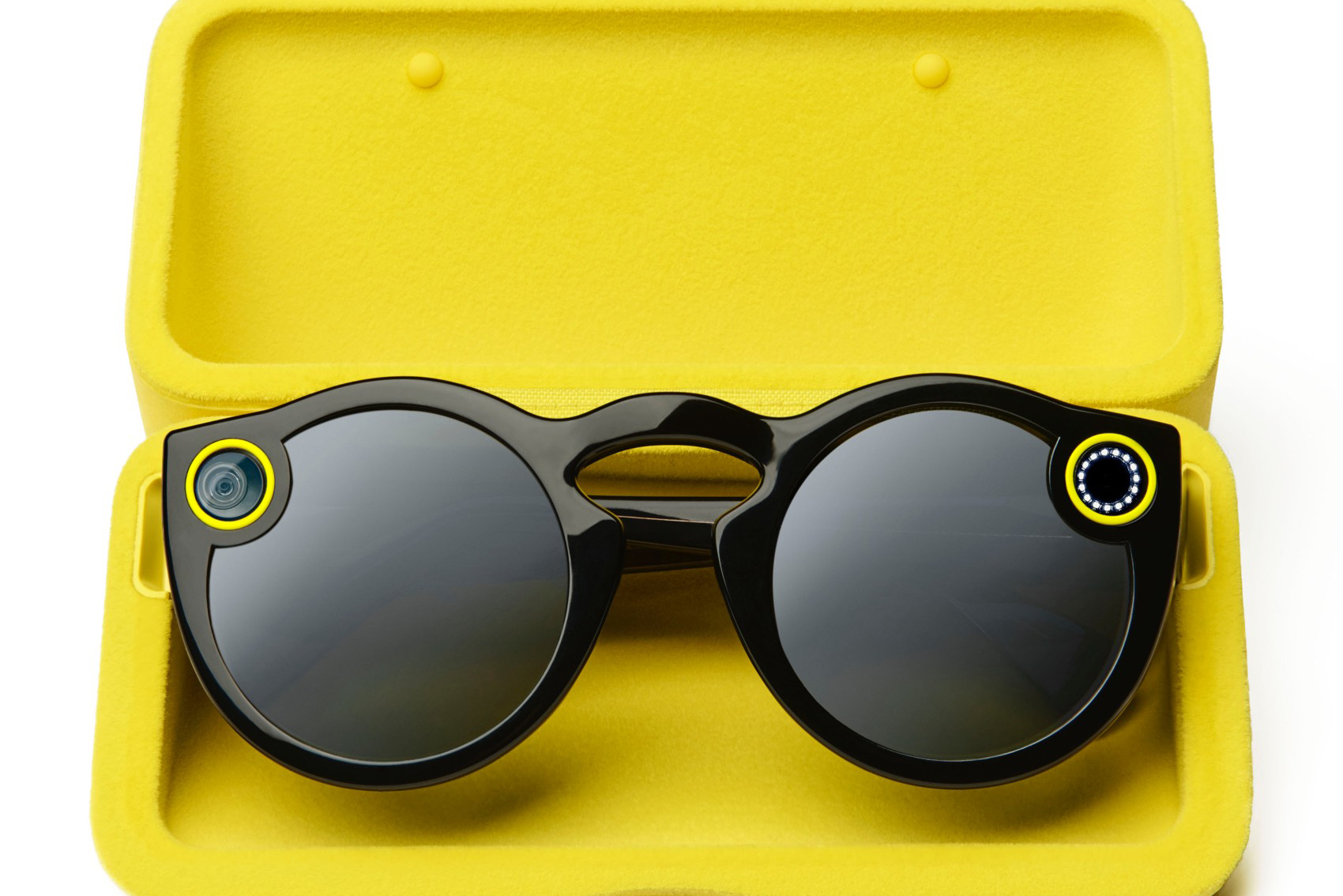
Much like Snapchat itself, you either get it or you don’t. Snapchat parent company Snap Inc. demonstrated its mastery of artificial scarcity when it debuted its Spectacles video-recording glasses late last year. An easy setup process, good-enough video quality and stylish look made Spectacles a hit. But the company’s distribution process—vending machines with limited stock that randomly appeared across the country—made them a phenomenon. From a hardware perspective, Spectacles could use improvement—they’re not great when it’s dark out and they’re troublesome for prescription eyeglass wearers. But Snap’s first foray into hardware shows promise at a time when camera companies like GoPro are struggling.
Here One

The next time you’re sitting on a plane with a wailing baby, imagine being able to simply turn down the poor kid’s volume. Or you’re hanging out in a crowded bar, struggling to hear your friends, and you boost just their voices. That’s the promise behind Doppler Labs’ Here One earbuds, which let users manipulate sounds in the world around them thanks to onboard microphones and sound processors. In practice, the Here Ones are often better are quieting general background noise rather than specific sounds. But Doppler’s innovation reveals how the headphone tech of tomorrow could make us masters of the audio universe around us.
Superpedestrian Copenhagen Wheel
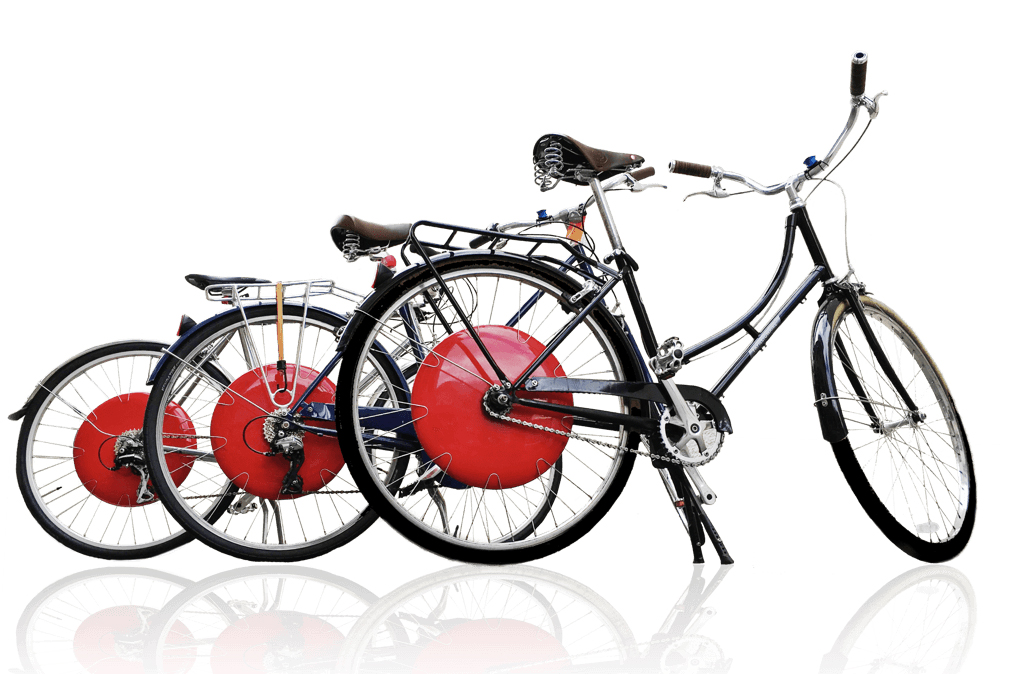
Superpedestrian’s robotic bike wheel augments cyclists’ oomph by powering their ride up to 20 miles per hour for over 30 miles. Though it looks like a simple bike wheel, the Copenhagen packs impressive technology inside. An integrated motor powered by a battery provides the giddyup, a wireless sensor connects to smartphones for data crunching, smart-locking hardware makes sure no one makes off with this $1,499 wheel, and regenerative brakes add to the efficiency. Cycling purists might shun the device, but it’s really geared for the increasing number of bike commuters out there. Turns out reinventing the wheel was worth it.
LG Signature W-Series “Wallpaper” TV

TV-makers today face an impossible task: On one hand, consumers expect new screens to make TV shows and movies look fantastic. On the other, they want these eye-popping displays to blend seamlessly into their living room. LG’s Signature W-Series “wallpaper” TV accomplishes this masterfully. The $7,999, 65-inch display weighs just 16 pounds and is .15-inches thick, making it seem like the screen is floating on the wall. (It’s mounted with magnets, no bulky brackets necessary.) But it’s the OLED (Organic LED) technology that’s most impressive. Pairing the blackest blacks possible with rich color results in a visually stunning high-contrast.
eSight 3
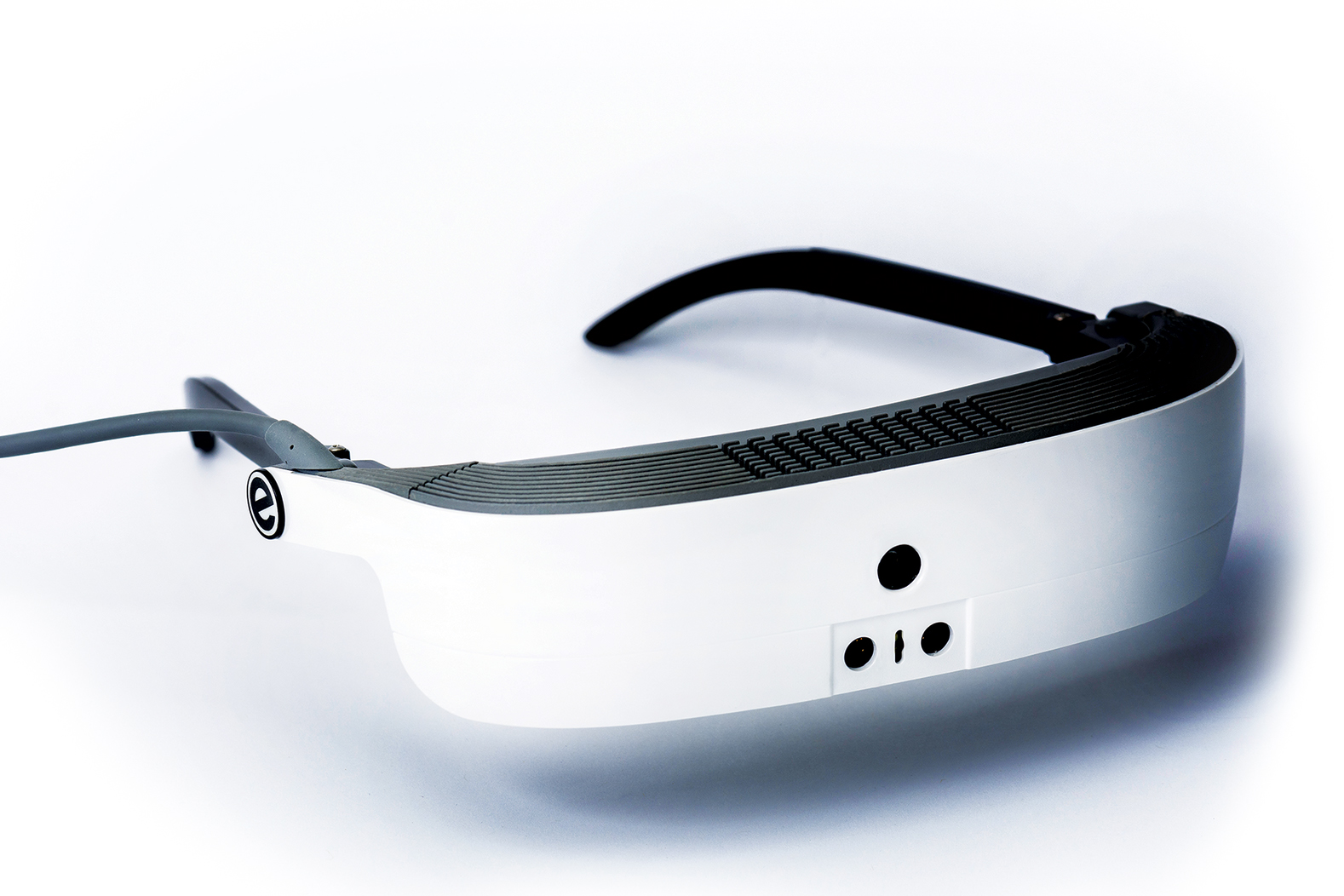
In a world of Internet-connected coffeemakers and juicers and whatnot, it’s nice to find a gadget aiming to solve problems of a higher order. The eSight is an over-eye visor that helps legally blind people navigate via a combined high-definition camera and video display. Showing a live feed on a pair of OLED displays placed in front of the wearer’s eyes, the lightweight, hands-free device do everything from read to provide directions. With virtually no input lag from the front-facing camera to the screens, eSight is a true augmented reality headset.
Microsoft Surface Laptop

Microsoft’s new Surface Laptop is a first for the Windows maker: a conventional laptop that runs a stripped-down but more battery-efficient operating system called Windows 10 S. The company is aiming the $999 Surface Laptop at the educational set, but it’s bound to go toe-to-toe with Apple’s entry-level MacBook Air as well. Other hardware makers, meanwhile, will offer Windows 10 S on far cheaper devices that will compete with Google’s Chromebooks. Together, the Surface Laptop and the new version of Windows show Microsoft is willing to mix things up in the notebook world—to consumers’ benefit.
Nintendo Switch

When Nintendo gets it right, its gets it really right. That’s the emerging consensus of the Mario- and Zelda-maker’s $299 TV-or-handheld gaming device. The Switch has become so red-hot Nintendo has resorted to schlepping systems to stores by air, a very pricey move. The console’s masterstroke is the way anyone can grok why it exists at a glance: Drop the Switch in its cradle and its games display on your TV. Pluck it out and they’re in your hands on the go. Snap the motion controllers off its sides, pop its kickstand and it’s on a table. The Switch is both mobile and mighty, versatile and idiosyncratic. If the company can provide a steady stream of games over the next year, the Switch may be an exemplar of things to come in gaming.
Raspberry Pi Zero W
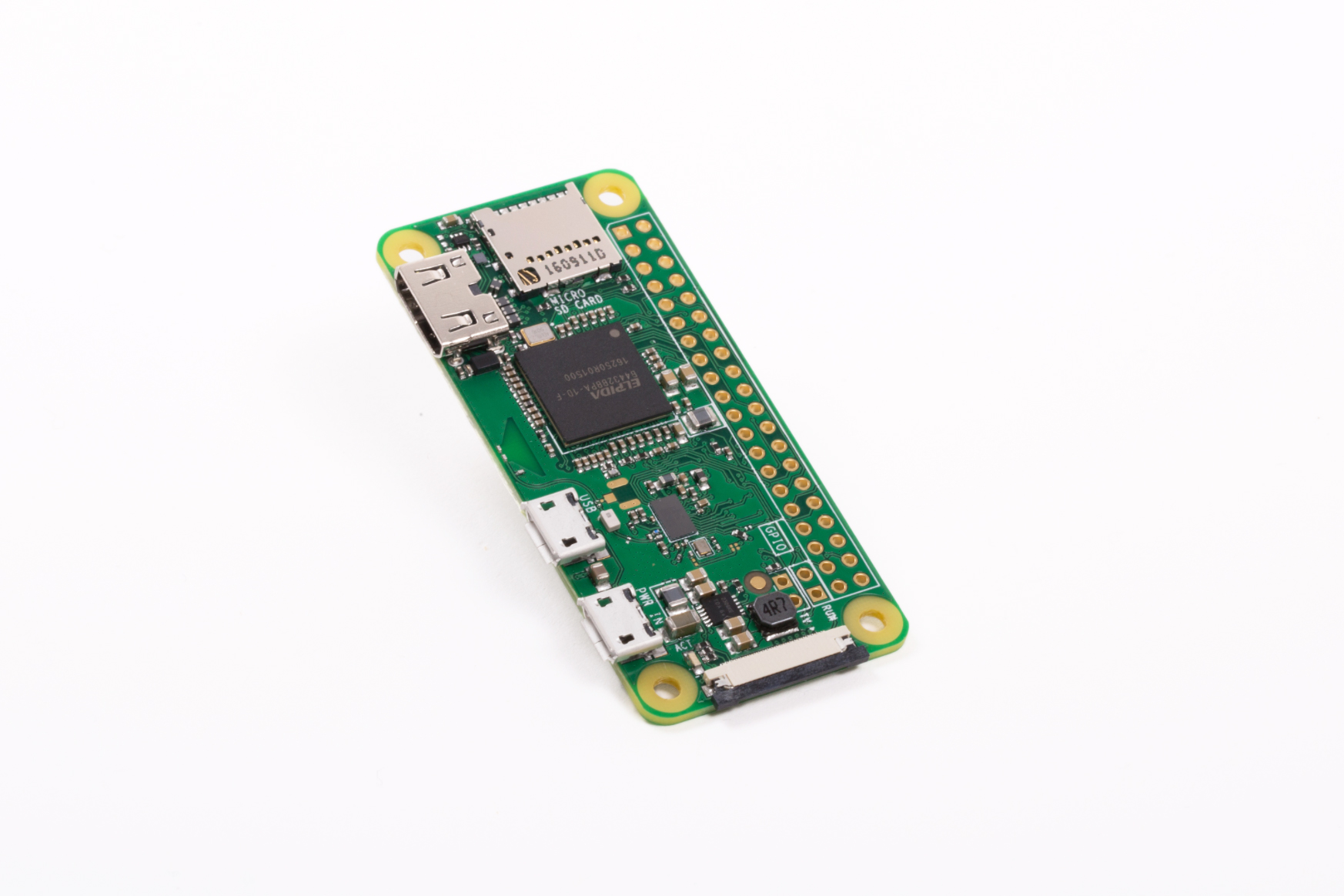
Miniaturization is microprocessing’s Feng shui. Little better exemplifies this concept than the Raspberry Pi Foundation’s series of cut-rate micro-computers. And with this year’s Raspberry Pi Zero W—effectively a zippier Raspberry Pi Zero with wireless connectivity included—anyone can forge the bones of a 32-bit computer that runs Linux for $10. Whether you’re a hobbyist tinkering with robotic racers and retro game handhelds or building computers for children in Mali, the promise of affordable ad-hoc computing just got sweeter.
More Must-Reads from TIME
- How Donald Trump Won
- The Best Inventions of 2024
- Why Sleep Is the Key to Living Longer
- Robert Zemeckis Just Wants to Move You
- How to Break 8 Toxic Communication Habits
- Nicola Coughlan Bet on Herself—And Won
- Why Vinegar Is So Good for You
- Meet TIME's Newest Class of Next Generation Leaders
Write to Matt Peckham at matt.peckham@time.com